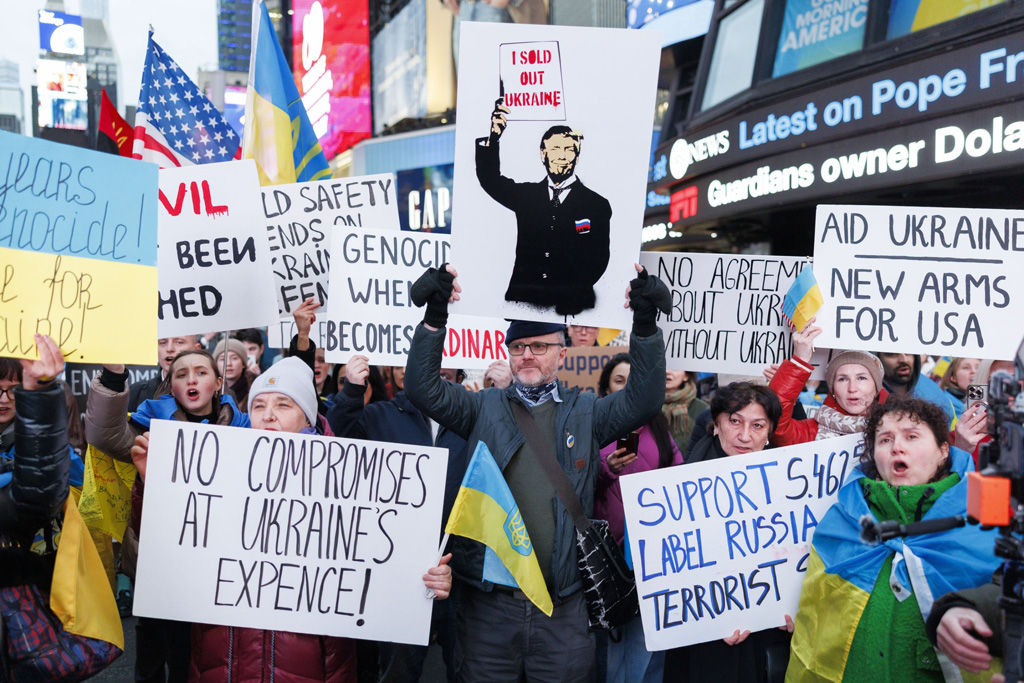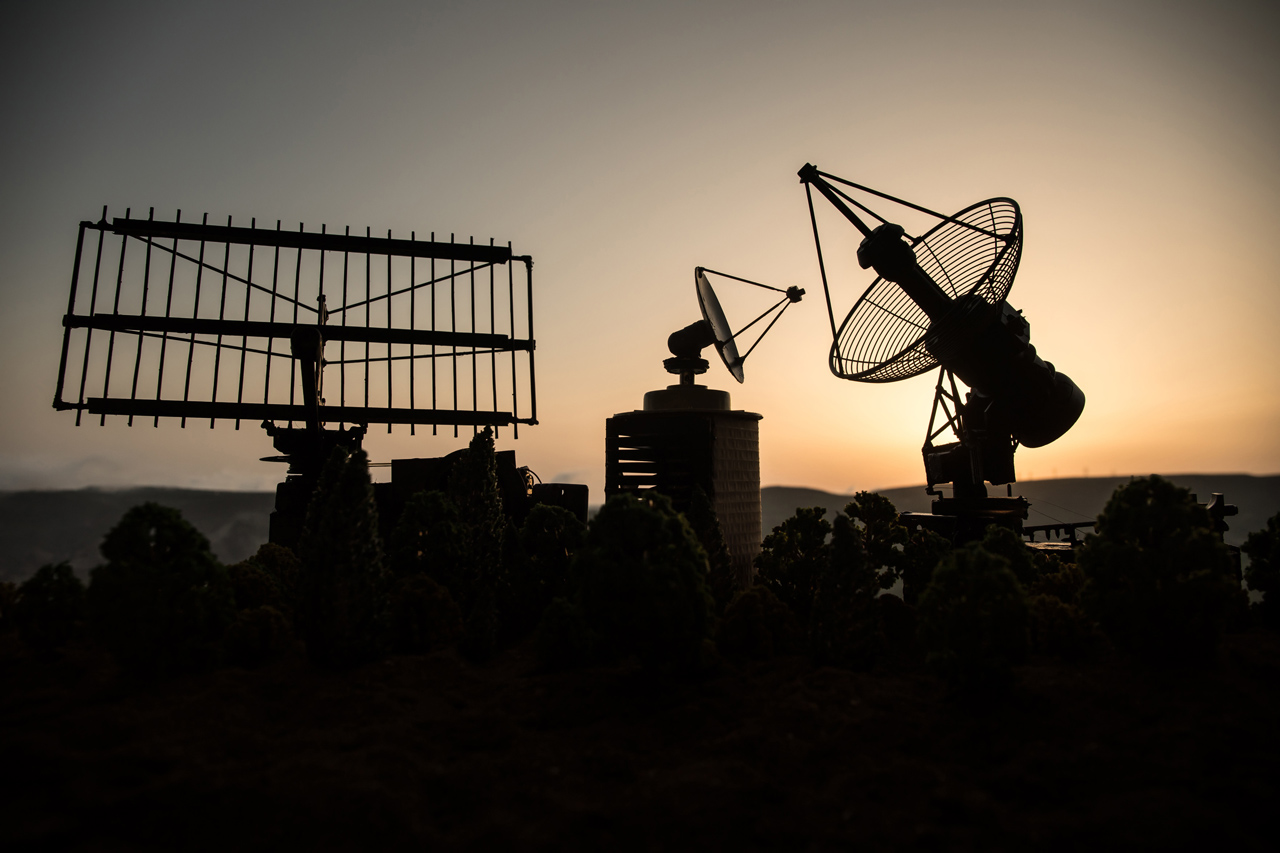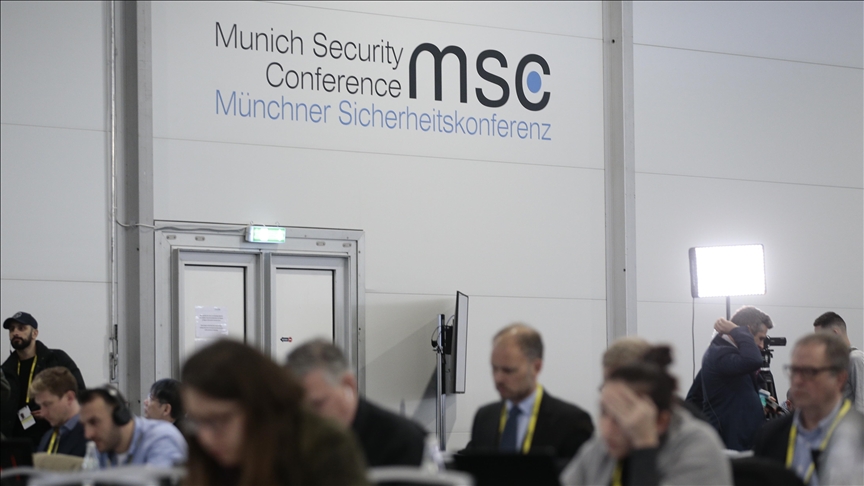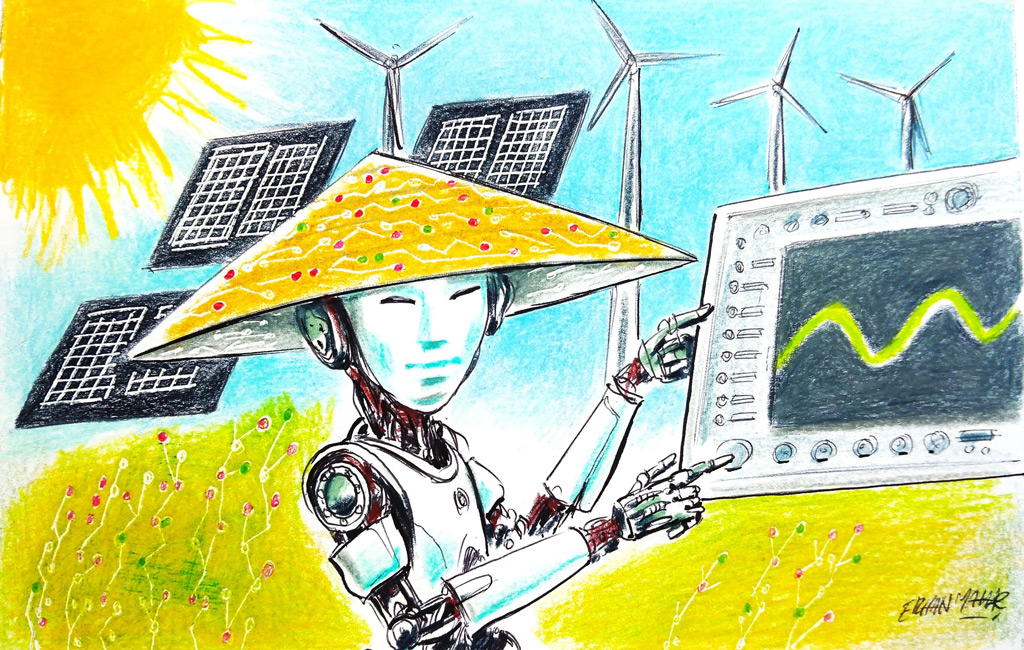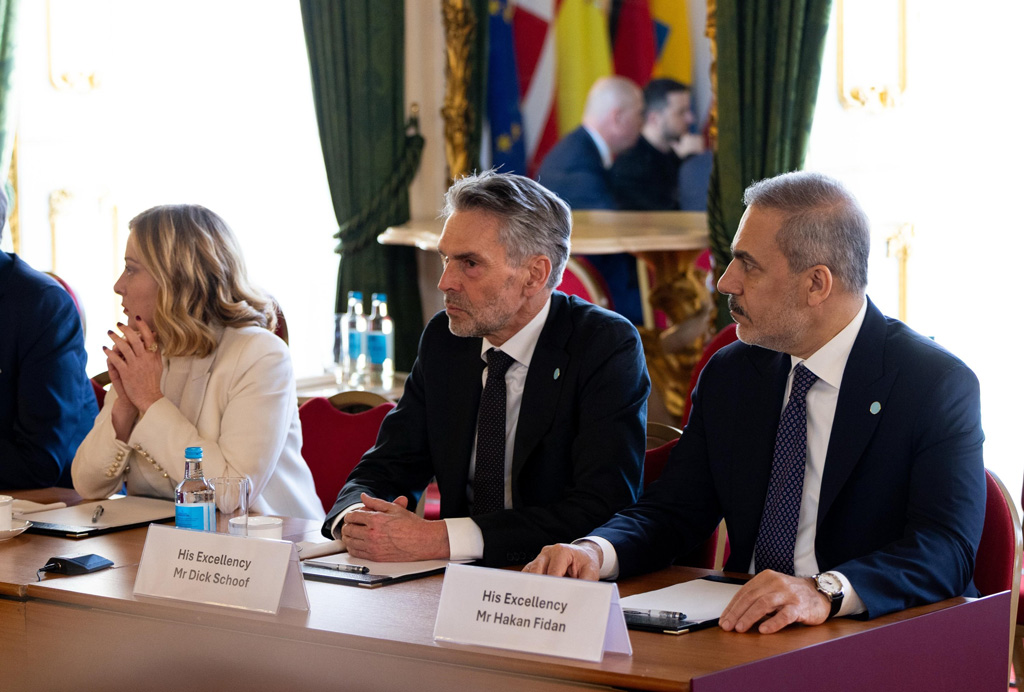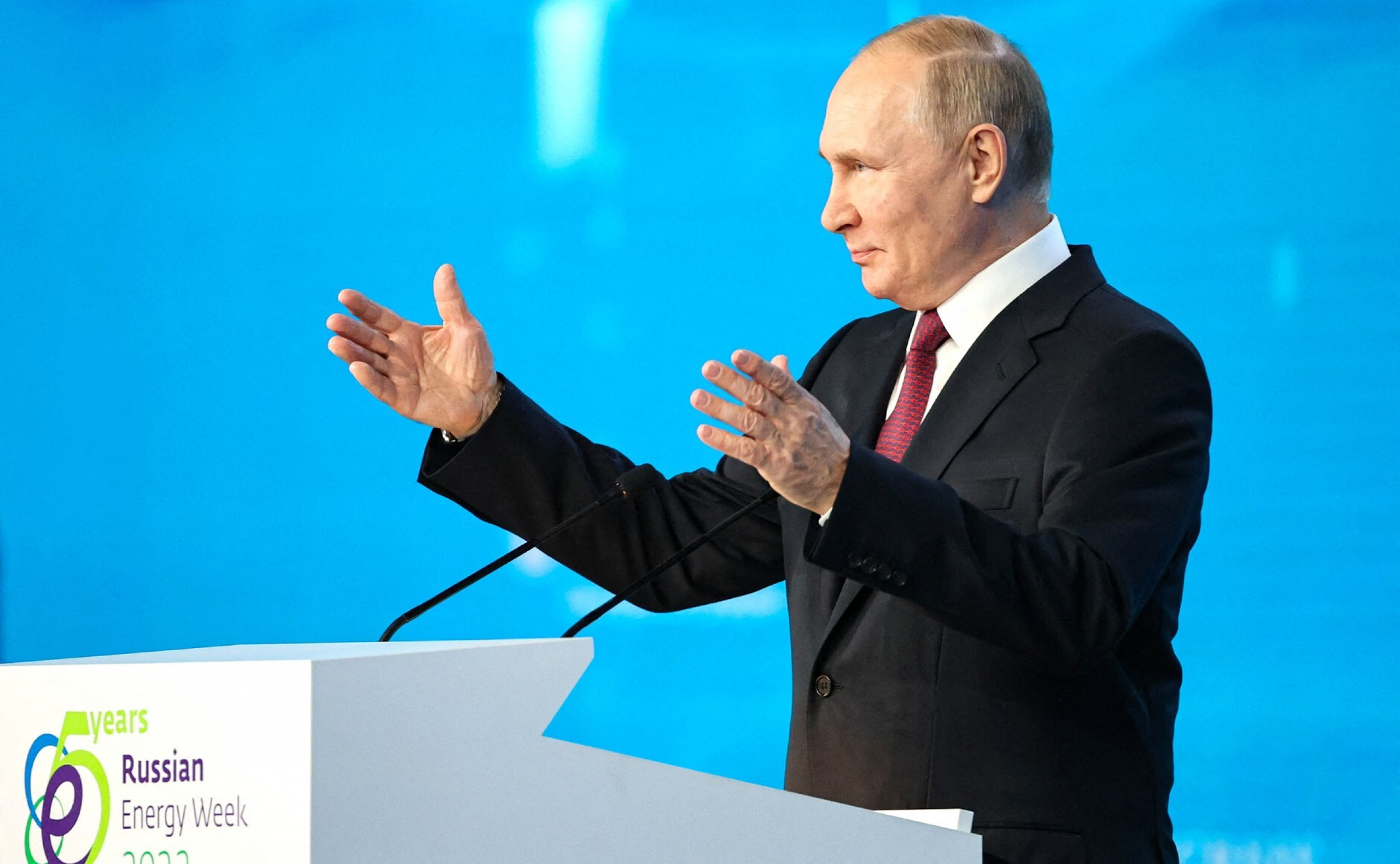
Energy Price Cap: A New Instrument to Encircle Russia?
Neither Europe nor Russia would be the real victims of the energy war between the West and Russia.
Share
Ten months after the Ukraine war broke out, Western countries led by the U.S., the EU, and the UK decided to limit Russian oil and gas revenues to weaken its war machine. On December 2, the G7 and Australia agreed on a $60 per barrel price cap on Russian seaborne crude oil. And on December 19, the EU energy ministers enacted a gas price cap. The decisions were argued hard as the former directly targeted Russia while the latter did not explicitly do so. What is a price cap, and what do the G7 and the EU aim to achieve through it? What are the prospects of the EU’s objectives, and will they be successful?
The price cap is a mechanism that sets a maximum price that oil and gas suppliers are able to charge their consumers. The aim here is to regulate suppliers, not hydrocarbon producers, the EU argues. Yet, in the Russian case, it is the Kremlin acting as the producer and the supplier of oil and gas. Thus, Russia’s hydrocarbon revenues are the target. The price cap applied by the G7 and Australia allows operators from participant countries to transport Russian oil to third countries if the price remains below the $60 per barrel cap. Although the EU previously banned the maritime transport of Russian crude oil as of December 5, 2022 and oil products as of February 5, 2023 to third countries, the new decision permits shipowners and insurance companies to continue to earn money from shipping Russian oil. Undoubtedly, Greek shipowners benefit the most in this case since they conduct more than 50 percent of Russian oil shipments, while Russians and Chinese follow the Greeks with lesser shares, 20 percent and 6 percent respectively....
Read more on Politics Today: Energy Price Cap: A New Instrument to Encircle Russia?
[Politics Today, February 20, 2023]
Tags »
Related Articles
Policy Report
European Sky Shield Initiative | Capacities, Criticisms, and Türkiye’s Contribution
February 2025

